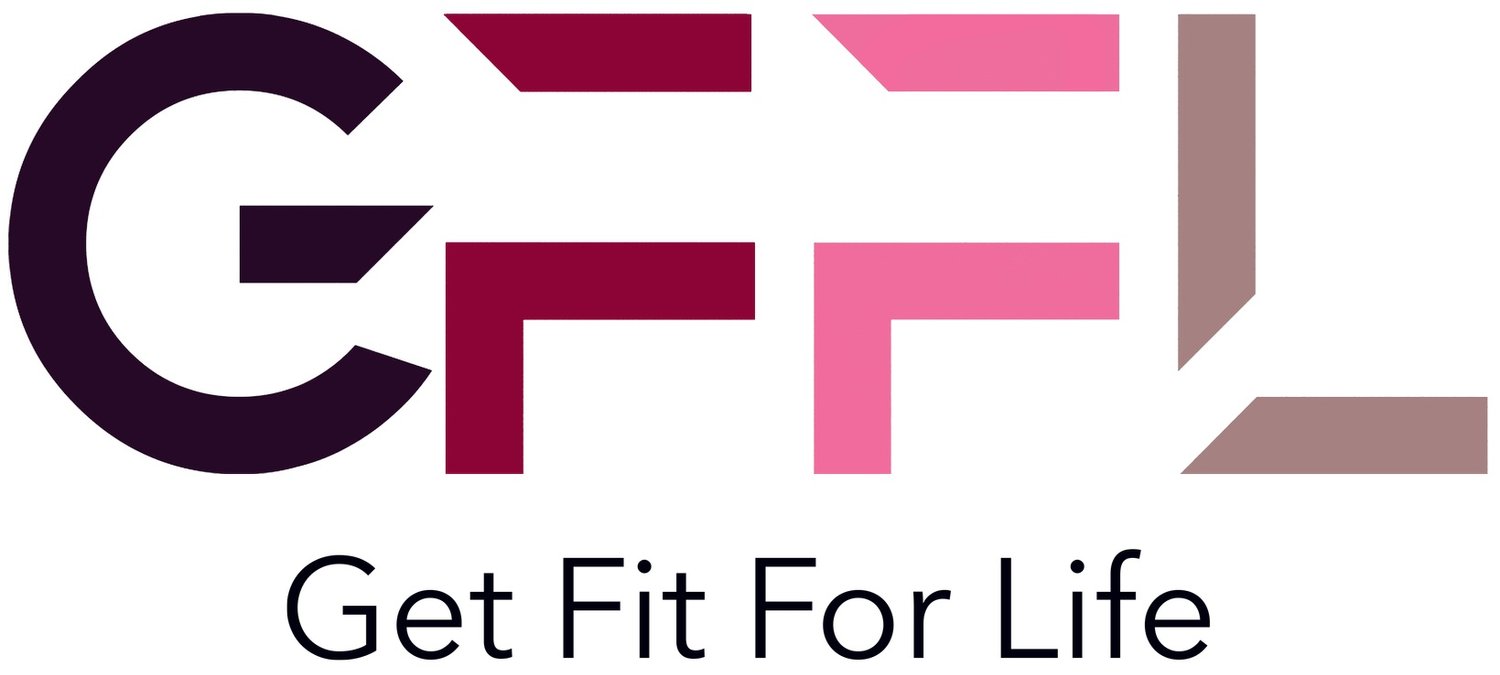Exercising after COVID-19.
LISTEN TO YOUR BODY.
The is the advice from the good people at ESSA (Exercise & Sports Science Australia).
“It’s important to recognise the signals your body is sending you; telling you to either stop, be careful or get going. We often talk about this as traffic lights. The stop being red lights, yellow being warning or be aware, and green meaning go.
As an example, a red light might be a cough or shortness of breath that leaves you unable to exercise or fatigue that limits you taking care of yourself (like having a shower or making meals).
A yellow light could be some shortness of breath or a little cough. You know you have it, but it doesn’t get in the way of doing activity.
Green lights, well, that’s when you’re feeling good and ready to go.” (Butler, 2022)
You should also stop exercising immediately and contact your healthcare provider if you have:
unexpected breathlessness
chest pain or palpitations. If you experience severe central crushing chest pain lasting more than 10 minutes call 000
signs of blood clotting, such as swollen calves
(Recovery and returning to normal activities after COVID-19, 2022)
Butler, N., 2022. The dos and don’ts of exercising after COVID-19 - Exercise Right. [online] Exercise Right. Available at: <https://exerciseright.com.au/the-dos-and-donts-of-exercising-after-covid-19/?fbclid=IwAR0E-2Byn4zFMR9aV88fbssWxnAgsZqXBaaFf8suGSFtQ5GTNplZUVNZM1Y>
Healthdirect.gov.au. 2022. Recovery and returning to normal activities after COVID-19. [online] Available at: <https://www.healthdirect.gov.au/covid-19/recovery-and-returning-to-normal-activities#:~:text=Exercise%20plays%20an%20important%20role,7%20days%20with%20no%20symptoms>

